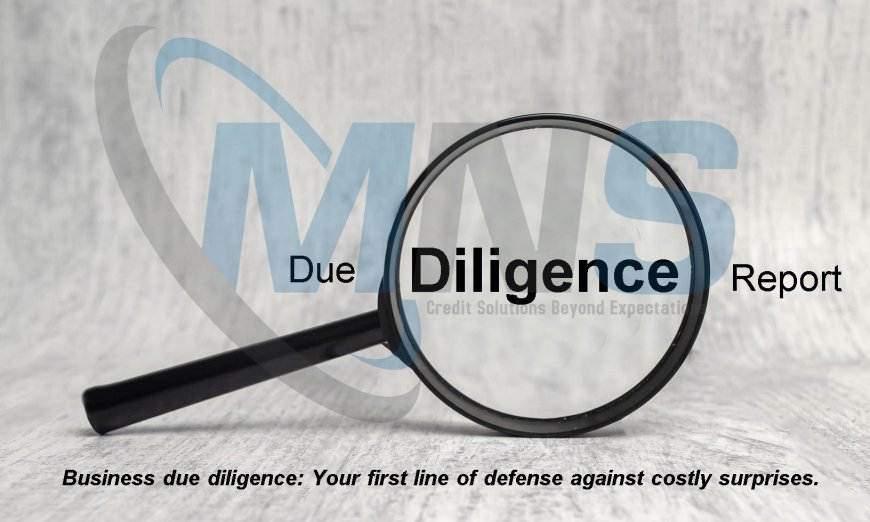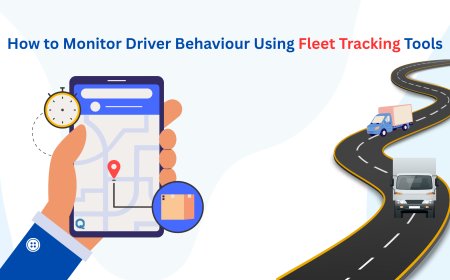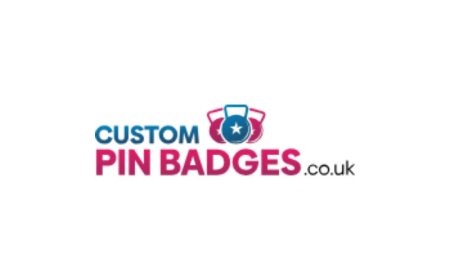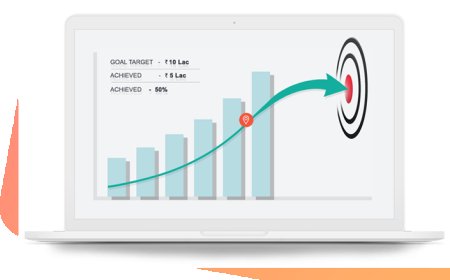Mastering the Art of Business Due Diligence: A Step-by-Step Guide

When acquiring, investing in, or partnering with a business, one critical process can determine the success or failure of your decision: due diligence. This systematic process allows investors, business owners, and stakeholders to evaluate the true health, value, and risks of a business. At the heart of this process lies a well-structured due diligence report, a document that compiles all findings and guides decision-making with clarity and precision.
This article provides a professional, step-by-step framework on how to carry out effective due diligence on a business and develop a thorough due diligence report.
What is a Due Diligence Report?
A due diligence report is a comprehensive document that outlines all critical information discovered during the investigative process into a business's operations, finances, legal standing, and more. It is typically prepared by investors, legal or financial advisors, or corporate development teams prior to mergers, acquisitions, or partnerships.
The report assesses a businesss performance and potential risks, offering a clear basis for decision-making.
Why Due Diligence Matters
Conducting due diligence isnt just a formalityit is a safeguard. The process:
-
Reduces the risk of making poor investment decisions
-
Uncovers potential liabilities or red flags
-
Verifies that financials and operational claims are accurate
-
Helps in negotiating better terms
-
Builds confidence in stakeholders and investors
Preparing for the Due Diligence Process
1. Define the Scope
Due diligence isnt one-size-fits-all. Start by identifying the nature of the transaction (e.g., acquisition, investment, joint venture) and the goals of your review. Key considerations include:
-
Size and industry of the target business
-
Type of due diligence (financial, legal, operational, commercial)
-
Timeline and available resources
-
Access to internal documents and personnel
2. Assemble the Right Team
Due diligence requires a cross-functional team, often including:
-
Financial analysts
-
Legal counsel
-
Tax advisors
-
IT experts
-
Industry specialists
These professionals work together to ensure no aspect of the business is overlooked.
Key Components of a Due Diligence Report
The due diligence report should be clear, evidence-based, and actionable. Here's how to break it down:
1. Executive Summary
Offer a high-level overview of the findings, key risks, and recommendations. This section is crucial for stakeholders who need quick insights into whether to proceed or renegotiate.
2. Company Overview
Detail the background of the target business:
-
Company history
-
Organizational structure
-
Products and services
-
Market position and competitors
-
Management team
3. Financial Due Diligence
This section verifies the financial health of the business and looks for discrepancies or red flags.
Key areas to review include:
-
Income statements, balance sheets, and cash flow statements (typically for the last 35 years)
-
Profitability trends and key financial ratios
-
Revenue sources and customer concentration
-
Debt obligations and contingent liabilities
-
Working capital needs
-
Forecasts and budget accuracy
4. Legal Due Diligence
Assess the legal standing and potential liabilities of the business:
-
Corporate governance documents (e.g., articles of incorporation, bylaws)
-
Contracts (supplier agreements, leases, employment contracts)
-
Intellectual property ownership and protection
-
Current or past litigation
-
Compliance with local and international regulations
5. Operational Due Diligence
This part focuses on the business's day-to-day operations:
-
Supply chain and vendor relationships
-
Manufacturing and logistics capabilities
-
Inventory and asset management
-
Technology infrastructure
-
Organizational efficiency
6. Human Resources and Culture
Understanding the workforce is essential for long-term stability:
-
Staff turnover rates and satisfaction
-
Compensation structures and incentive plans
-
Employment policies and compliance
-
Key personnel and leadership quality
7. Tax Due Diligence
Identify any tax risks or inefficiencies:
-
Tax returns and filings
-
Tax liabilities and disputes
-
Compliance with local and international tax laws
-
Transfer pricing issues
8. Environmental, Social & Governance (ESG) Factors
More investors are considering ESG risks:
-
Environmental compliance and sustainability initiatives
-
Social responsibility programs
-
Ethical governance structures and board oversight
Red Flags to Watch For
While reviewing documents and interviewing key stakeholders, be vigilant for:
-
Inconsistent financial records or unexplained adjustments
-
Pending or ongoing legal issues
-
Customer or supplier over-reliance
-
Weak internal controls or cybersecurity measures
-
Regulatory compliance lapses
-
Unrealistic growth projections
Best Practices in Writing a Due Diligence Report
A well-crafted due diligence report can be a decisive tool. Use the following best practices:
-
Be objective and fact-based: Avoid speculation and unsupported assumptions.
-
Use clear structure and formatting: Include an index, sections, and appendices for supporting documents.
-
Highlight key findings and risks: Use bullet points and summaries for ease of reading.
-
Offer actionable recommendations: Indicate whether to proceed, renegotiate, or halt the transaction.
-
Include source references: Link every assertion to supporting documents or interviews.
Tools and Resources to Support Due Diligence
Several digital tools can streamline and enhance the due diligence process:
-
Virtual data rooms (VDRs): Securely store and share confidential documents.
-
Financial analysis tools: Excel, QuickBooks, or platforms like PitchBook and Capital IQ.
-
Compliance software: Check for sanctions, KYC/AML risks (e.g., LexisNexis, World-Check)
Conclusion
Carrying out due diligence on a business is both an art and a science. It demands rigor, objectivity, and a multidisciplinary approach. A robust due diligence report doesn't just help uncover risksit lays the foundation for sound business decisions and successful transactions.
By following a structured process and engaging the right expertise, you can mitigate risk, identify opportunities, and move forward with confidence.





















![Top 11 Real Estate Mobile App Developers in Riyadh, Saudi Arabia [2025 Edition]](https://www.philadelphialivenews.com/uploads/images/202506/image_430x256_68621a9e48997.jpg)



















